I have to represent about 30,000 points in a scatter plot in matplotlib. These points belong to two different classes, so I want to depict them with different colors.
I succeded in doing so, but there is an issue. The points overlap in many regions and the class that I depict for last will be visualized on top of the other one, hiding it. Furthermore, with the scatter plot is not possible to show how many points lie in each region. I have also tried to make a 2d histogram with histogram2d and imshow, but it's difficult to show the points belonging to both classes in a clear way.
Can you suggest a way to make clear both the distribution of the classes and the concentration of the points?
EDIT: To be more clear, this is the link to my data file in the format "x,y,class"



